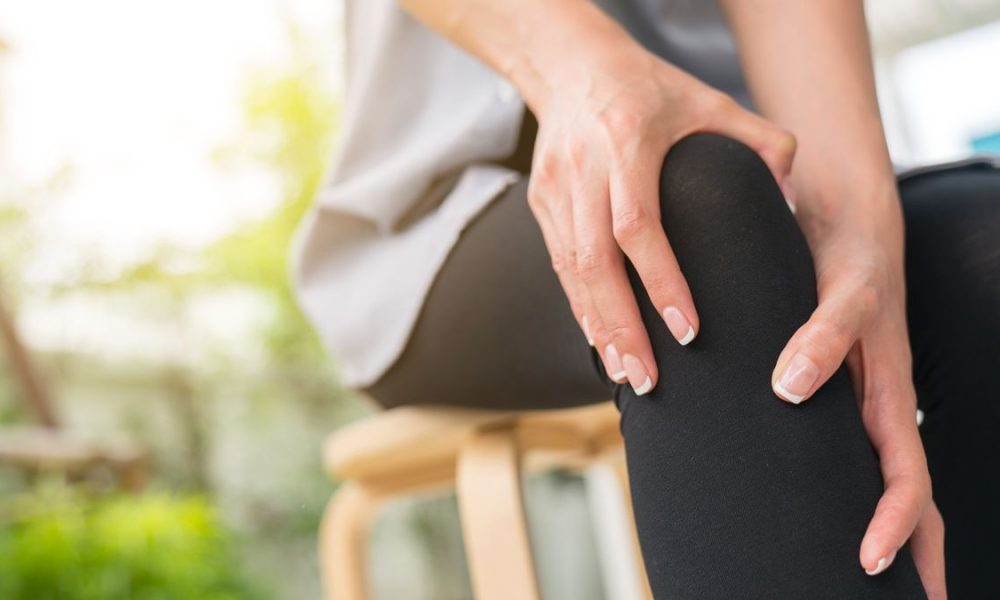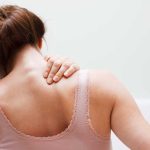Joint pain is a common complaint among women undergoing menopause. This phase of life, marked by the end of menstrual cycles, brings a host of physiological changes due to fluctuating hormone levels. Joint pain, often referred to as arthralgia, can significantly impact the quality of life. Understanding the relationship between menopause and joint pain is crucial for managing symptoms effectively.

Understanding Menopause
What is Menopause?
Menopause is a natural biological process signifying the end of a woman’s reproductive years. It is a significant milestone in a woman’s life, marking the cessation of menstruation and fertility. This transition is a normal part of aging and occurs as the ovaries gradualy decrease their production of the hormones estrogen and progesterone which are crucial for regulating the menstrual cycle and supporting reproductive health.
| Stage | Description | Typical Age Range |
|---|---|---|
| Perimenopause | Transition phase with irregular cycles | 40-50 years |
| Menopause | No menstrual period for 12 months | 45-55 years |
| Postmenopause | Years following menopause with reduced symptoms | 55+ years |
Stages of Menopause
- Perimenopause: The transition phase leading up to menopause, characterized by irregular menstrual cycles and fluctuating hormone levels
- Menopause: The point at which a woman has not had a period for 12 consecutive months.
- Postmenopause The years following menopause, where symptoms may persist or gradually decrease.
Joint Pain During Menopause
Causes of Joint Pain
- Hormonal Changes: The decline in estrogen levels affects joint health. Estrogen has anti-inflammatory properties, and its reduction can lead to increased inflammation and joint pain.
- Bone Density Reduction: Lower estrogen levels can result in decreased bone density, leading to osteoporosis and increased susceptibility to joint pain and fractures.
- Weight Gain: Many women experience weight gain during menopause, adding stress to weight-bearing joints such as the knees and hips.
- Age-Related Changes: Natural aging processes, including wear and tear on the joints, contribute to joint pain.
Commonly Affected Joints
- Knees: Weight-bearing joints like the knees are often affected, leading to pain and stiffness.
- Hips: Similar to the knees, the hips bear significant body weight and can suffer from increased pain during menopause.
- Hands and Fingers: Smaller joints in the hands and finger can also experience pain and swelling.
- Shoulders: The shoulders may become stiff and painful impacting the range of motion.
Symptoms of Menopausal Joint Pain
- Pain and Tenderness: Persistent discomfort in the affected joints.
- Stiffness: Difficulty moving the joints, especially after periods of inactivity.
- Swelling: Inflammation causing visible swelling in the joints.
- Reduced Mobility: Limited range of motion in the afected joints.
Managing Joint Pain During Menopause
Lifestyle Changes
- Regular Exercise: Engaging in low-impact activities such as walking swimming, or yoga can help maintain joint flexibility and reduce pain.
- Healthy Diet: Consuming a balanced diet rich in calcium, vitamin D, and omega-3 fatty acids supports bone and joint health.
- Weight Management: Maintaining a healthy weight reduces stress on the joints.
| Lifestyle Change | Benefit |
|---|---|
| Regular Exercise | Improves joint flexibility |
| Healthy Diet | Supports bone and joint health |
| Weight Management | Reduces stress on joints |

Medical Treatments
- Hormone Replacement Therapy (HRT): HRT can help alleviate joint pain by addressing estrogen deficiency, though it may not be suitable for everyone.
- Pain Relief Medications: Over-the-counter pain relievers such as ibuprofen and acetaminophen can help manage pain and inflammation.
- Topical Treatments: Gels and creams containing anti-inflammatory ingredients can provide localized pain relief.
| Medical Treatment | Description |
|---|---|
| Hormone Replacement Therapy | Alleviates joint pain by addressing estrogen deficiency |
| Pain Relief Medications | Manages pain and inflammation |
| Topical Treatments | Provides localized pain relief |
Alternative Therapies
- Acupuncture: This traditional Chinese medicine technique can help reduce joint pain and improve overall well-being.
- Massage Therapy: Regular massages can alleviate muscle tension and improve joint function.
- Supplements: Glucosamine, chondroitin, and omega-3 supplements may support joint health.
| Alternative Therapy | Benefit |
|---|---|
| Acupuncture | Reduces joint pain |
| Massage Therapy | Alleviates muscle tension |
| Supplements | Supports joint health |
Preventing Joint Pain During Menopause
- Regular Check-ups: Routine medical check-ups can help monitor bone density and overall health, allowing for early intervention if needed.
- Strength Training: Building muscle strength supports joint stability and reduces the risk of pain.
- Hydration: Staying well-hydrated is crucial for maintaining joint lubrication and overall health.
- Posture and Ergonomics: Maintaining good posture and using ergonomic tools can reduce joint strain.

When to Seek Medical Advice
It is essential to consult a healthcare professional if joint pain becomes severe, persistent, or is accompanied by other concerning symptoms such as significant swelling, redness, or warmth around the joint. Early diagnosis and treatment can prevent further complications and improve the quality of life.
Conclusion
Joint pain during menopause is a common but manageable condition. Understanding the underlying causes and implementing lifestyle changes, medical treatments, and alternative therapies, along with incorporating innovative Health Ideas, can significantly alleviate symptoms. By staying proactive and seeking appropriate medical advice, women can navigate this transitional phase with greater comfort and improved joint health.



No Comment! Be the first one.